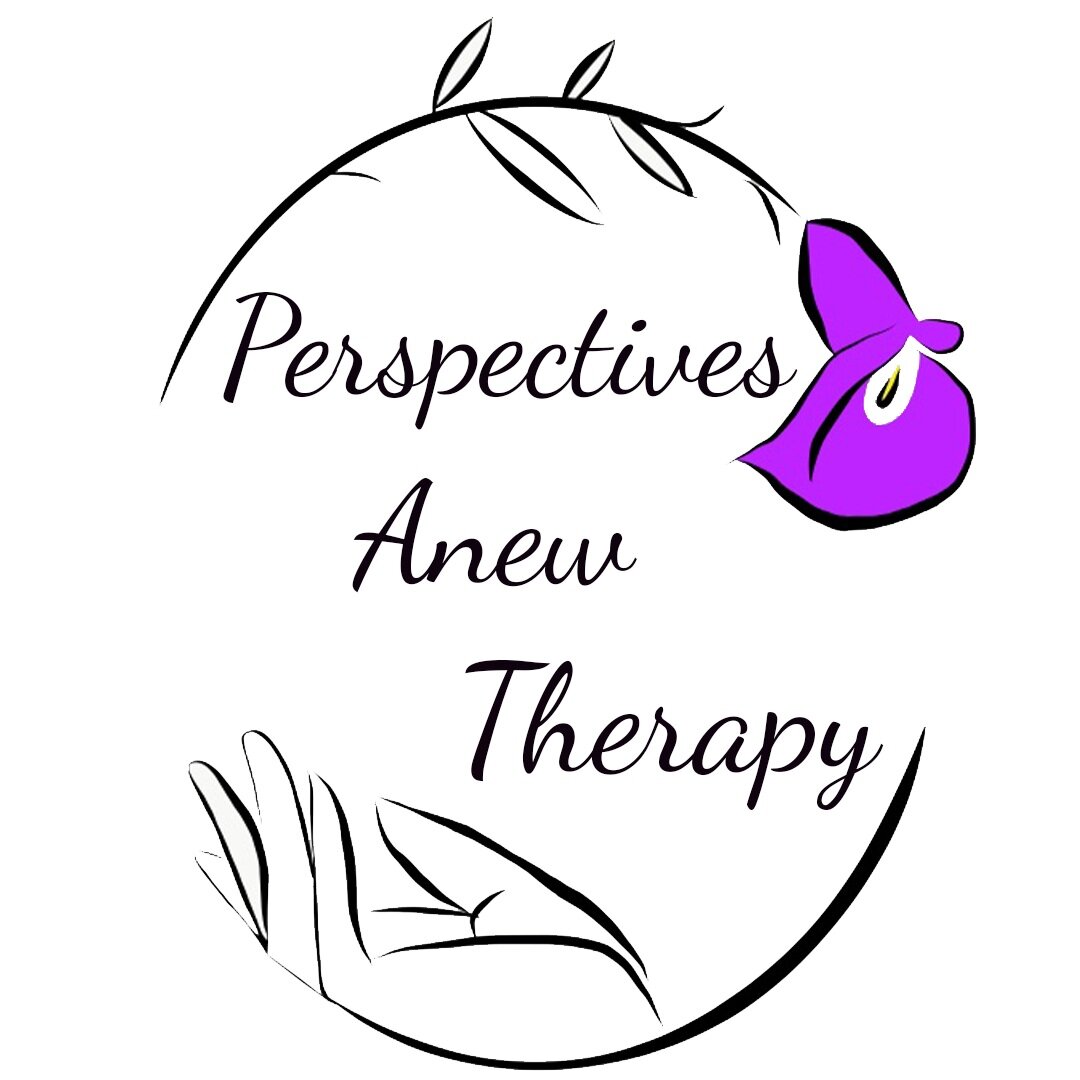America’s Mental Health Crisis
There are three different crises overlapping the mental health field: the youth mental health crisis as explained by the surgeon general, the crisis surrounding serious mental illnesses that’s contributing to homelessness and incarceration, and the substance use disorder crisis that continues to be fueled by prescription opiates and new, lethal drugs. 90% of Americans believe there is a mental health crisis and much of it is driven by the shortage of mental health care professionals. It is estimated that for every one mental health provider there are 350 individuals needing services. 1 in 3 people live in an area experiencing a shortage of mental health professionals with low-income areas and communities of color being the most impacted.
Prior to a decade ago, youth have reported the lowest rates of suicide mortality and as of today those between the ages of 10-24 account for 15% of all suicides. This is a 52.2% increase from 2000 and suicide has become the second-leading cause of death for people between the ages of 10-24. Youth who identify as LGBTQ+ are five times more likely to attempt suicide and non-Hispanic American Indian’s or Alaskan Native youth have a suicide rate three times larger than the general population. The serious mental illness (SMI) crisis is due to a crisis of proper care. Less than half of those living with a SMI are receiving care which includes medication, psychological treatments, and rehabilitative care.
Many people living with a SMI receive treatment in jails or prisons because there is a lack of adequate public hospital beds open for them. Many become homeless with only a few acquiring rehabilitative services. Those living with a SMI have a life expectancy 20-25 years shorter than the general population. Furthermore, 70% reported wanting to work, but less than 20% are employed. Individuals living with a SMI are 10 times more likely to be incarcerated than hospitalized and 16 times more likely to be killed by the police when compared to the general population.
The substance use disorder crisis in America is not a new problem, rather it has become larger because of its new lethality. The CDC reported 105,452 drug overdose deaths for 2022 alone which is five times greater than 2002 and double the number from 2015. The highest reported death rates are for males between the ages of 35-44. To understand the severity of this, there were about 127,070 deaths from lung and bronchial cancers in 2022 for people 50 or older. The majority of those living with a substance use disorder in the United States are not receiving treatment as evidenced by 15.35% of adults having a substance use disorder in 2023 and 93.5% of them not receiving any treatment. For our youth, 6.34% reported a substance use disorder in 2023 which is around 1.5 million people.
One of the main solutions to the mental health crisis in America is engagement. Currently, there is a lack of capacity for care and utilizing engagement means intervening early, meeting people where they are, and building trust by offering something of value at the first meeting. This is not currently happening because the United States healthcare system is built for payers and providers requiring a diagnosis for reimbursement without prioritizing effective and efficient care. The second solution, quality, is evident. Training providers in skill-based psychotherapy, including primary care physicians prescribing antidepressants and anti-anxiety prescriptions, is vital to improving quality and is proven to benefit population health. Lastly, recovery involves access to medical care and focusing on recovery as opposed to focusing on reducing symptoms. Recovery requires people, place, and purpose where a care system is in place to provide social support, a safe environment, and a reason to recover.
Source: PEW Trusts, Mental Health America, & Kaiser Permanente
